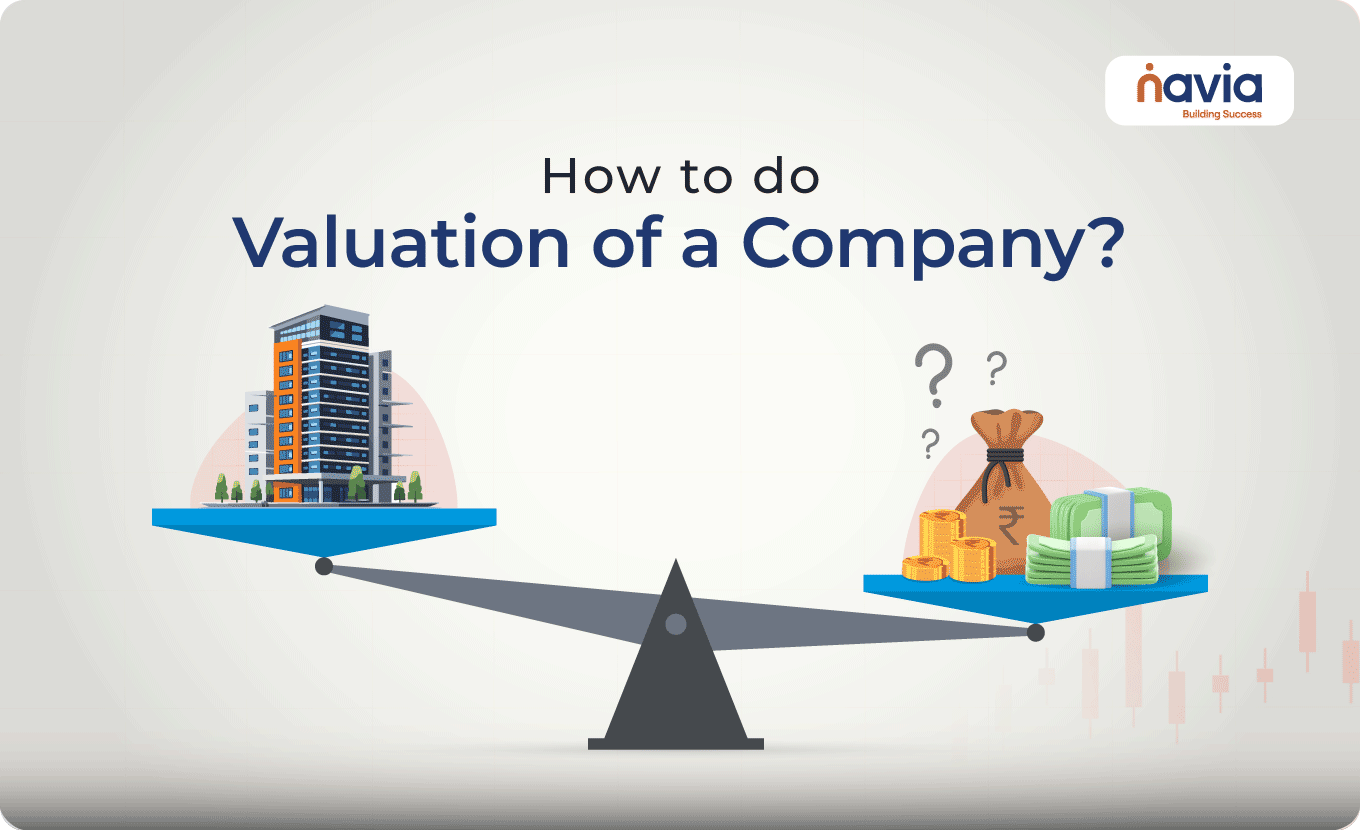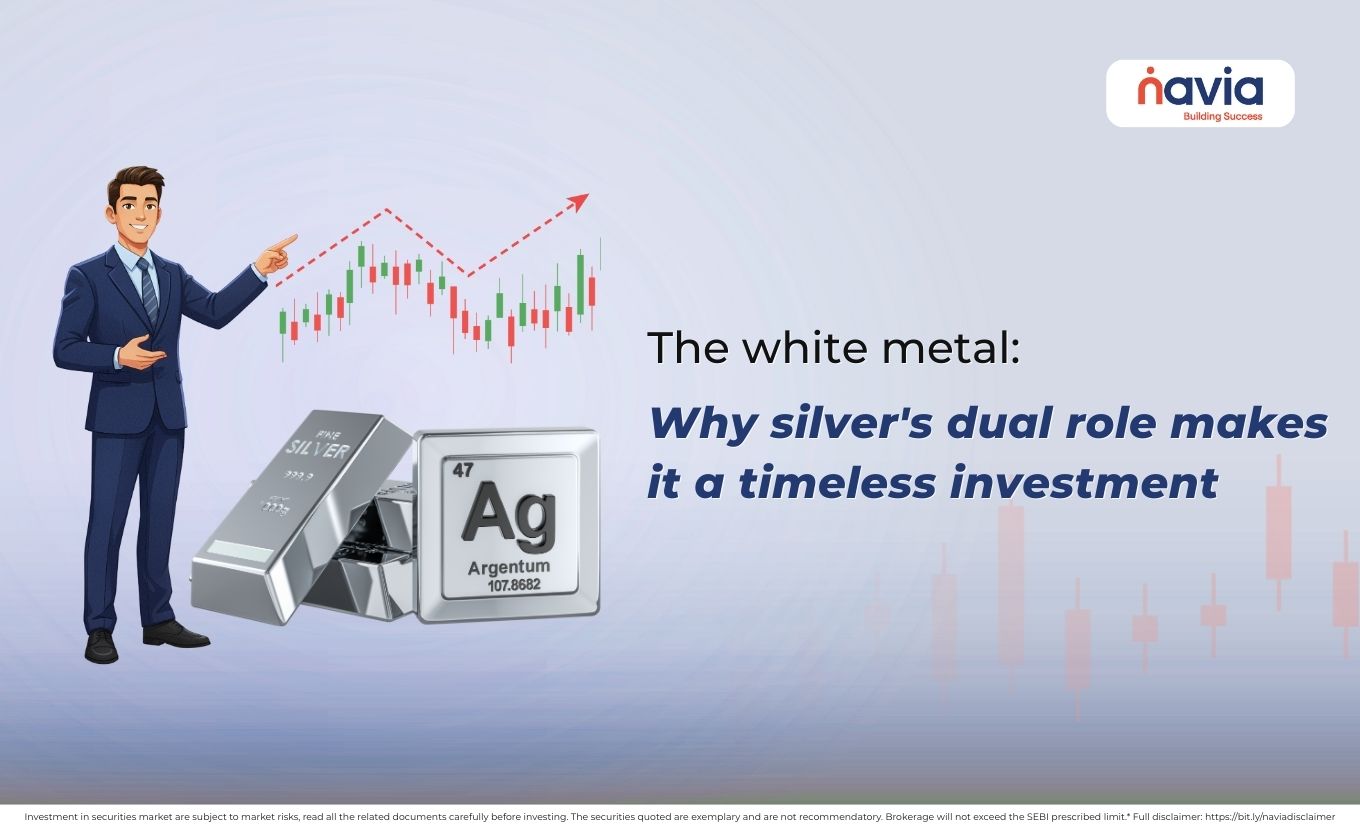How to Do Valuation of a Company?

Being an investor, business owners and stakeholders, it is necessary to understand the valuation of a company. If you are planning to invest, sell a business, raise capital, or simply analyze your company’s worth, a proper valuation gives you clarity on its financial standing. But what does valuation mean? And how is the process going?
This blog breaks down the concept and methods that are used in company valuation in detail. So, let’s dive into the topic!
What is the Valuation of a Company?
The value of a company means the process of determining the current worth of a business by using objective measures and financial metrics. It gives insight into a company’s value in the market, that considers both tangible and intangible assets.
If you do valuation of your company will helps in;
🠖 Selling or acquiring businesses
🠖 Fundraising
🠖 Strategic planning and growth analysis
🠖 Investment decisions
And remember that the valuation of a company can varies based on the size, purpose, industry and stage of the business. Let’s look at how company valuation is calculated.
Methods to Calculate Valuation of a Company
There are many commonly used valuation methods of company that will help to analyze different types of business and situations. Below you can see the top methods how is valuation of a company calculated:
Discounted Cash Flow (DCF) Method
Discount Cash Flow (DCF) method one way to calculate valuation of company. It estimates a company’s value based on its expected future cash flows, that is discounted to the present value by using a discount rate.
Formula:
DCF = CF1 / (1 + r)^1 + CF2 / (1 + r)^2 + … + CFn / (1 + r)^n
Where;
CF = Cash flow in each year
R = Discount rate
N = Number of years
You can easily check your company DCF value through Finology and analyze top companies DCF value in Alpha Spread!
Comparable Company Analysis (CCA)
It’s also known as “peer comparison”. It will value a company by comparing it with other similar publicly traded companies of the same industry. First you look at key financial ratios like;
🠖 Price-to-Earnings (P/E)
🠖 Price-to-Sales (P/S)
🠖 EV/EBITDA (Enterprise Value to EBITDA)
Then apply these ratios to your target company’s metrics.
For example, if your competitor trades at 15x P/E and your company earns ₹10 crore in profit, the estimated value is ₹150 crore.
Precedent Transactions Method
Precedent Transactions method is similar to Comparable Company Analysis (CCA), but it uses past acquisitions of similar companies as a benchmark. And it is commonly used in M&A negotiations or when planning a company sale.
If you apply this method, you can get the answer of “what have others paid for similar companies in the past?”.
Asset-Based Valuation
Here the valuation of company is based on the company’s total net assets, so you subtract total liabilities from the the total assets.
Formula:
Total Assets – Total Liabilities = Value of Equity
This method is suitable for businesses with significant tangible assets like mining companies, real estate, manufacturing, etc.
Find out asset-based valuation in real-time with fairvalue1!
Market Capitalization
Market Capitalization method is easiest and commonly used for publicly traded companies to do valuation of company. Here is a company’s total value calculated by multiplying the current stock price by the total number of outstanding shares.
Formula:
Market Cap = Current Stock Price x Total Outstanding Shares
Here,
Current Stock Price = Recent price the company’s share is trading on the stock market
Total Outstanding Shares = Total number of shares that are issued by the company
Through Omni calculator calculate market cap now.
Revenue or Earnings Multiples
It is considered a quick way to calculate company valuation based on investment or earnings. Revenue and earnings multiples are simple ways to estimate a company’s value. Common revenue-based measures include the Price-to-Sales (P/S) ratio and Enterprise Value to Revenue (EV/Revenue) ratio, which compare the company’s value to its sales.
Here’s the breakdown:
Revenue Multiples;
The Price-to-Sales (P/S) Ratio compares a company’s market capitalization to its total revenue, and is commonly used to evaluate how much investors are willing to pay per unit of revenue.
The Revenue Multiple, on the other hand, can be calculated in two ways:
🠖 Revenue Multiple = Enterprise Value (EV) ÷ Revenue
🠖 Revenue Multiple = Market Capitalization ÷ Revenue (commonly referred to as the P/S ratio)
Both ratios help assess a company’s valuation based on its revenue, but the EV/Revenue is considered more comprehensive because it includes debt and excludes cash.
Earnings Multiples;
The Price-to-Earnings (P/E) ratio compares a company’s market price per share to its earnings per share (EPS) – it is used to evaluate how much investors are willing to pay per ₹1 of earnings.
Formula for P/E Ratio:
P/E Ratio = Price per Share ÷ Earnings per Share

Startup Valuation Methods
Startup will have lack stable earnings, so you can use alternative methods like;
Discounted Cash Flow (DCF) Method:
The method projects future cash flows and discounts them back to their present value; it will determine the company’s worth.
Formula: DCF = ∑ [CFt / (1 + r)^t]
Where:
DCF: Discounted Cash Flow
CFt: is the expected cash flow in period t
r: is the discount rate (often the WACC)
t: is the time (e.g., year 1, year 2, etc.)
∑: represents the summation of all discounted cash flows
Scorecard Valuation:
It is used for pre-revenue startups, comparing them to similar companies.
Formula: Valuation of Startup = [Base Valuation] X [Sum of Factors]
Pre-money and Post-money Valuation:
Pre-money valuation of the startup before any new investment and post-money valuation is the new investment amount.
Formulas:
Post-Money Valuation = Pre-Money Valuation + Investment Amount
Pre-Money Valuation = Post-Money Valuation – Investment Amount
The above valuation of a company methods are used based on the market potential, team, product, and business stage. Equidam can help estimate valuations more quickly.
Conclusion
The valuation of company is a crucial step to making informed financial and investment decisions. Whether you are an entrepreneur and seeking funding or an investor evaluating opportunities, you should know how to calculate valuation of a company. Actually, there is no perfect method, the best method depends on the context, industry, and purpose of valuation.
Knowing what is valuation analysis and applying appropriate techniques to assess your company’s true worth. So, start analyzing company valuations like a pro with Navia’s expert insights.
Do You Find This Interesting?
Frequently Asked Questions
How is the valuation of company calculated?
Valuation of company can be calculated using various methods such as DCF (Discounted Cash Flow), Comparable Company Analysis, Precedent Transactions, or Asset-Based Valuation. The choice of method depends on the company’s size, sector, and data availability.
What is the top 3 business valuation methods?
The three most widely used methods are:
🠖 Discounted Cash Flow (DCF)
🠖 Comparable Company Analysis (CCA)
🠖 Asset Based Valuations
How to calculate company valuation based on investment?
You can calculate the valuation of company by using revenue or profit multiples, for example, if your company makes ₹1 crore in annual profit and the industry trades at a P/E ratio of 20, then your company may be valued at ₹20 crore.
What is the best formula for valuation of company?
The best formula for valuation of company is as below:
Valuation = Share Price * Total Number of Shares
What do you mean by valuation of company?
Valuation of a company means finding out how much a company is worth in terms of money. It’s like checking the price of a house before buying or selling it.
DISCLAIMER: Investments in securities market are subject to market risks, read all the related documents carefully before investing. The securities quoted are exemplary and are not recommendatory. Full disclaimer: https://bit.ly/naviadisclaimer.






